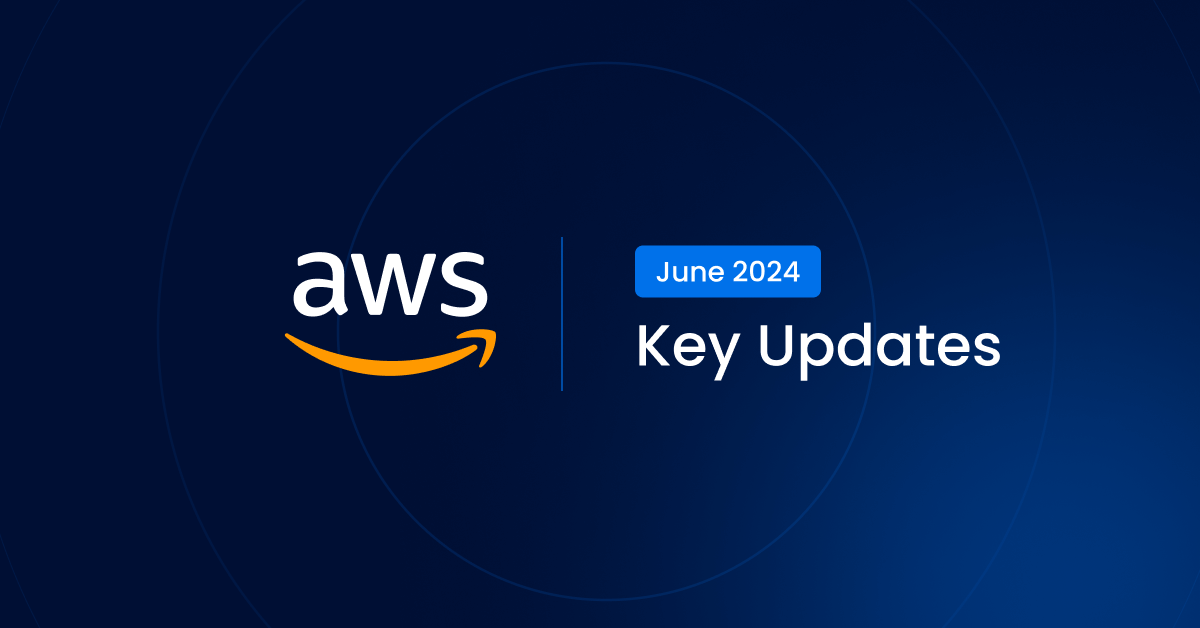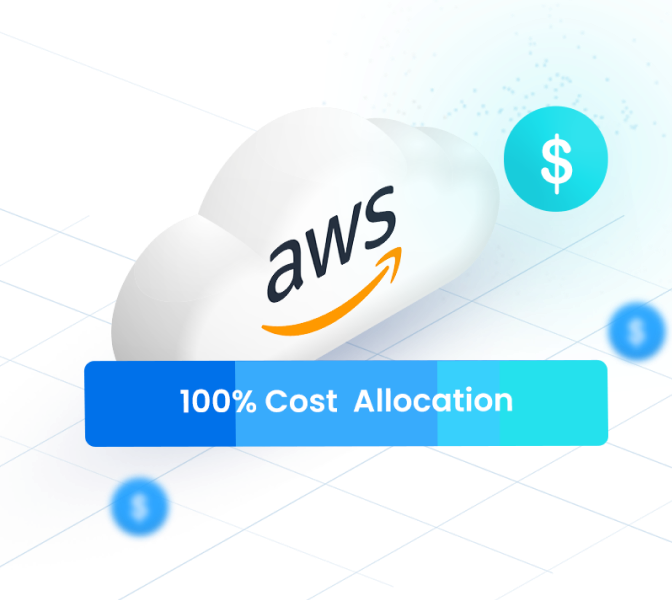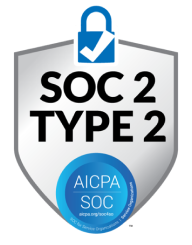With dozens of announcements and blogs published each week, it can be challenging to sift through and understand the most impactful updates in the world of AWS.
That’s why the nOps engineering team developed this monthly series highlighting the most notable recent AWS news. Find out the most important recent updates in FinOps and GenAI — what’s new, what’s hot, and what’s going to save you money on your AWS bill.
Plus, stay tuned for a roundup of the best new tips, tricks, and intriguing technical approaches from the AWS blog.
June 2024 Updates
First, let’s dive into the updates with the biggest impact on your AWS bill.
The latest in AWS FinOps news
FOCUS make it easier to standardize & reconcile CUR data
You can now create exports of your Cost and Usage Report (CUR) data with the FinOps Open Cost and Usage Specification (FOCUS) 1.0 schema and export it to your designated S3 bucket for FinOps activities like cost allocation.
FOCUS, a new open-source cloud billing data standardization, makes it much easier to reconcile data from different sources to perform unified cloud financial reporting and analysis.
New Data Exports for Cost Optimization Hub
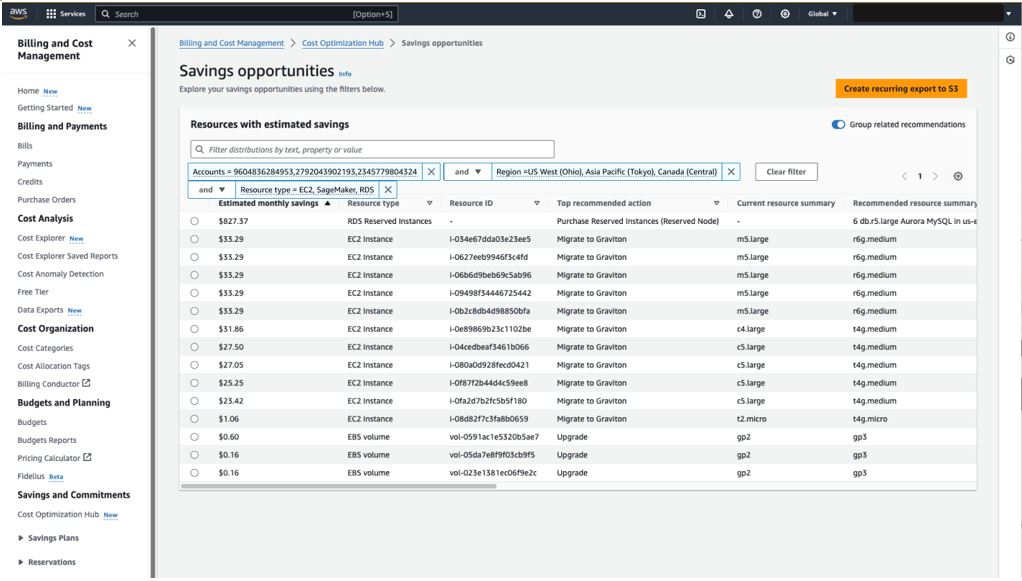
New Compute Optimizer rightsizing recommendations for RDS MySQL and PostgreSQL
AWS Compute Optimizer now provides cost-efficiency recommendations for RDS MySQL and PostgreSQL DB instances and storage, to identify idle databases and choose the optimal DB instance class and provisioned IOPS settings.
If you’re running On-Demand these recommendations can help you save a lot; Corey Quinn notes that if you’re on Reserved Instances you may be more limited in the savings you’re able to realize as Savings Plans don’t yet extend to RDS.
For comprehensive cost-saving recommendations on rightsizing, terminating idle resources, optimizing storage, and scheduling resources, check out nOps Essentials.
Amazon OpenSearch Serverless point of entry now more affordable
With this update, it’s now more accessible and affordable to run smaller-scale search and analytics workloads using OpenSearch Serverless.
Previously, OpenSearch Serverless was in preview, with compute specifications that were limited to more expensive tiers. This new update cuts the point of entry in half (from a minimum of 4 OCUs to 2, and the introduction of of fractional .5 OCU).
Amazon RDS for Oracle now supports memory-optimized R6i instance types
Many Oracle database workloads require high memory, storage, and I/O bandwidth but can safely reduce the number of vCPUs without impacting application performance.
These new memory optimized instance types offer new opportunities to rightsize instances for your Oracle workloads for more cost-efficiency.
GenAI news & updates in June
Anthropic's Claude 3.5 Sonnet model now available in Amazon Bedrock
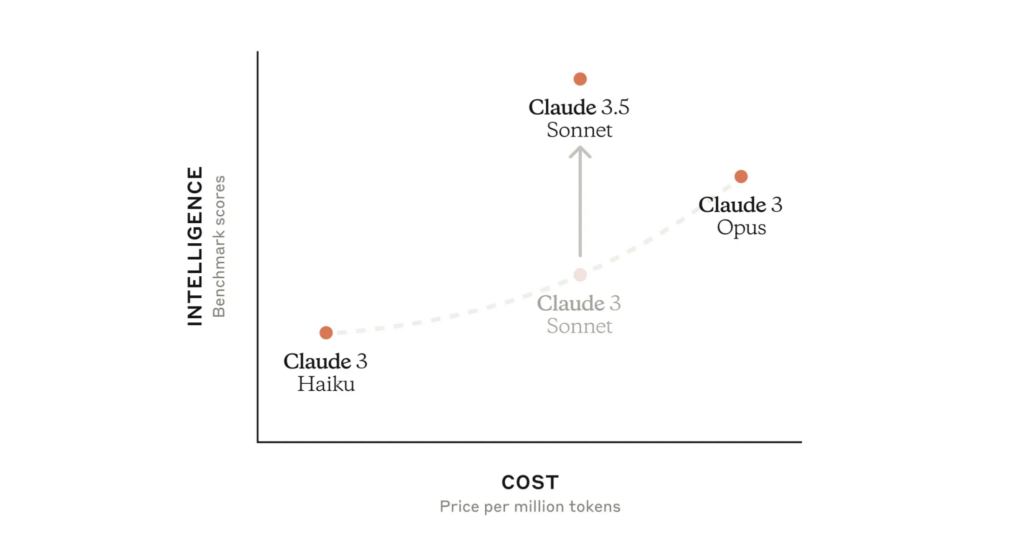
Code generation using Code Llama 70B and Mixtral 8x7B on Amazon SageMaker
Code Llama 70B is a highly specialized LLM developed by Meta with 70 billion parameters, designed for advanced code generation.
Mixtral 8x7B is a state-of-the-art sparse mixture of experts (MoE) foundation model for text summarization, classification, text generation, code generation, etc.
This useful article unpacks the integration of how these AI models can integrate with SageMaker for more efficient code generation and management of complex machine learning tasks.
Building multimodal search with Amazon OpenSearch
This article outlines a step-by-step process for building a multimodal search system with OpenSearch that combines text and image data, leveraging Amazon Titan Multimodal Embeddings and Amazon Bedrock.
This setup allows for more sophisticated queries that blend text and visual inputs, significantly improving search accuracy and user experience on retail or content-rich platforms.

In other key June AWS news…
Amazon CodeCatalyst now supports GitLab.com source code repositories
Amazon CodeCatalyst is a unified software development and delivery service to more quickly and easily plan, collaborate on, build, and deliver AWS applications.
The new update means you can use the capabilities of CodeCatalyst without the need to migrate source code from GitLab.
EKS improves cluster creation flexibility for networking add-ons
Now, you can create Kubernetes clusters without the default networking add-ons, so you can more easily install open source or third party alternative add-ons or self-manage default networking add-ons using any Kubernetes lifecycle management tool like Helm or Kustomize.
AWS Cloud Cost Allocation: The Complete Guide
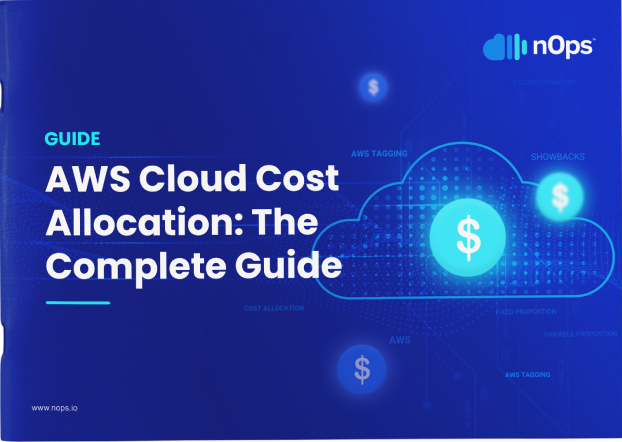
ECS on Fargate now allows you to encrypt ephemeral storage with customer-managed KMS keys
ECS and Fargate now allow you to use customer-managed keys in AWS KMS to encrypt data stored in Fargate task ephemeral storage.
Ephemeral storage for tasks running on Fargate platform version 1.4.0 or higher is encrypted with AWS owned keys by default. The update essentially allows you to add a self-managed security layer which can help you meet compliance requirements.
The best AWS engineering blogs from June
Here are the articles we found most illuminating from the AWS blog this month:
Integrate AWS Cost Anomaly Detection Notifications with Jira
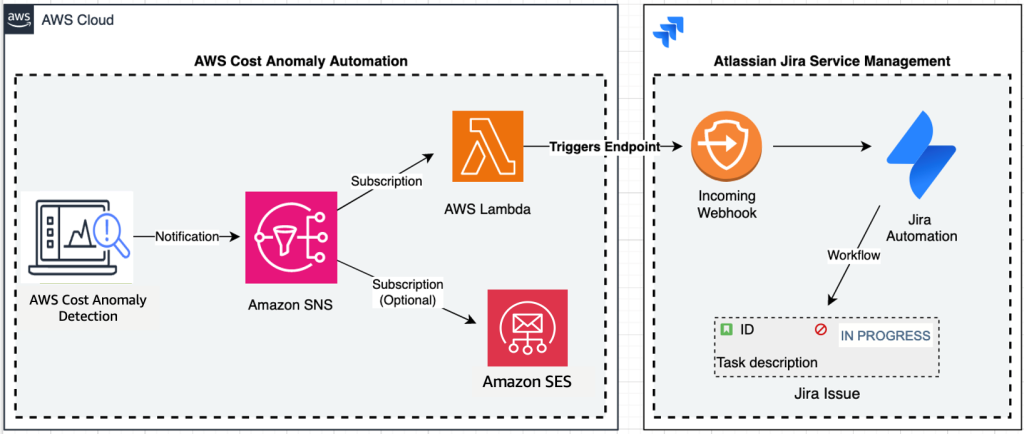
Store petabytes of relational database records cost-efficiently with Athena, DMS, RDS, and S3
Compliance requirements to keep vast amounts of data for decades can be extremely costly. This article describes a better way to do it; the basic idea is to transform extensive database records into highly efficient and secure Parquet files stored in S3, with the ability to perform quick SQL queries via Athena.
This significantly reduces storage and retrieval costs compared to traditional methods.
Another storage cost optimization: Zstandard compression
Get Disk Utilization of Your Fleet Using AWS Systems Manager Custom Inventory Types
Check out this guide to using AWS Systems Manager to efficiently monitor disk utilization across EC2 instances without needing direct access or third-party tools.
This method allows for centralized control and aggregation of crucial performance metrics for optimizing resource allocation and ensuring system reliability.
Fault-isolated, zonal deployments with AWS CodeDeploy
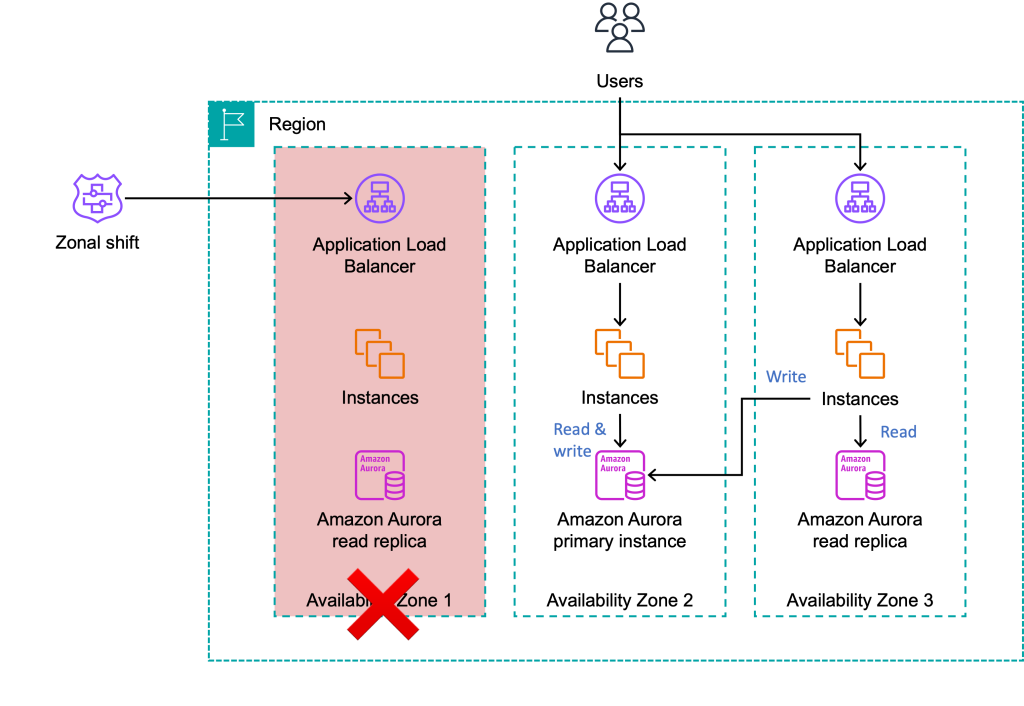
About nOps
If you’re looking to save on your AWS costs, nOps makes it easy and painless for engineers to take action on cloud cost optimization.
The nOps all-in-one cloud platform features include:
- Business Contexts: Understand and allocate 100% of your AWS bill down to the container level
- Compute Copilot: Intelligent provisioner that helps you save with Spot discounts to reduce On-Demand costs by up to 90%
- Commitment management: Automatic life-cycle management of your EC2/RDS/EKS commitments with risk-free guarantee
- Storage migration: One-Click EBS volume migration
- Rightsizing: Rightsize EC2 instances and Auto Scaling Groups
- Resource Scheduling: Automatically schedule and pause idle resources
nOps was recently ranked #1 with five stars in G2’s cloud cost management category, and we optimize $1.5+ billion in cloud spend for our customers.
Join our customers using nOps to understand your cloud costs and leverage automation with complete confidence by booking a demo today!
.png?width=1920&height=1080&name=Landscape%20(4).png)

